Optimal Timing for Gravel Gradings
Determining the optimal time for gravel gradings depends on several factors, including weather conditions, traffic levels, and project requirements. Proper timing ensures effective compaction, minimal disruption, and long-lasting results.
Gradings are most effective during dry periods when moisture levels are ideal for compaction. Avoid grading during heavy rain or freezing conditions to prevent surface instability.
Consistent dry weather promotes better adhesion and compaction of gravel. Wet or muddy conditions can hinder grading quality and lead to uneven surfaces.
Scheduling grading during low traffic times minimizes disruption and allows for more precise work, especially on roads or pathways with high usage.
Align grading schedules with project deadlines to ensure the surface stabilizes before subsequent construction or usage phases.

Dry summer months provide ideal conditions for effective gravel grading and compaction.
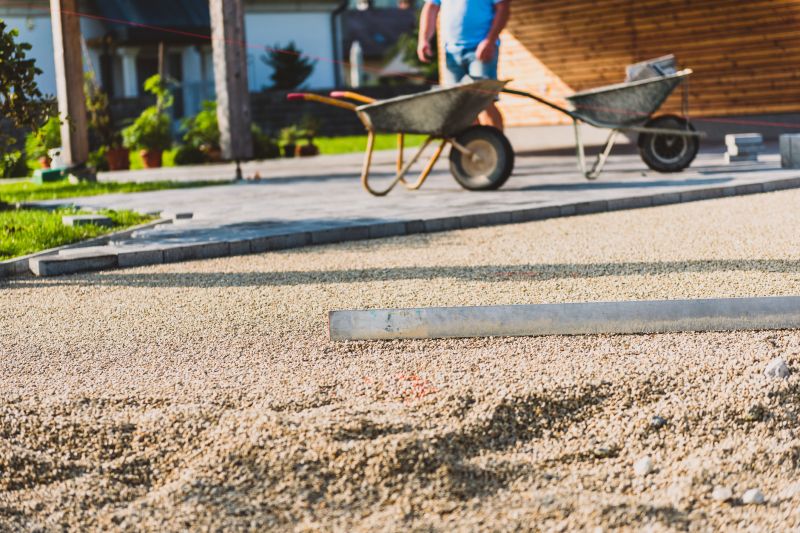
Spring weather can be unpredictable; wait for stable, dry days to ensure quality results.
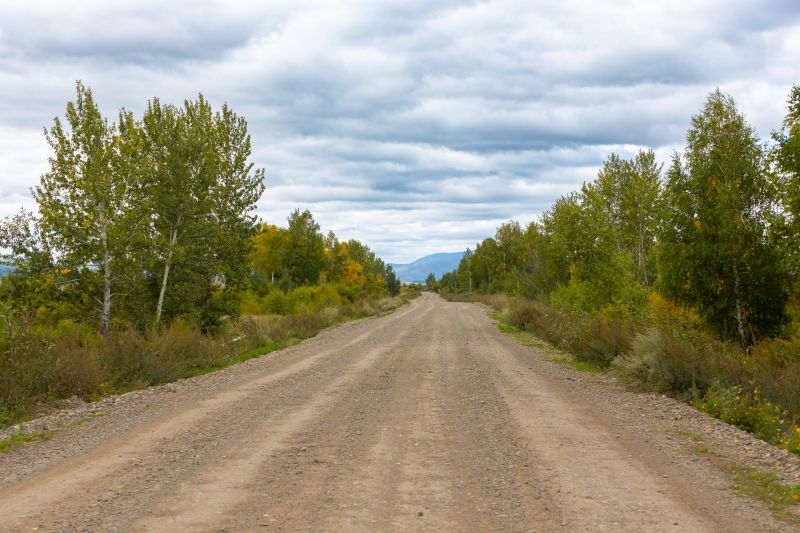
Autumn offers moderate conditions, but caution is needed to avoid grading just before heavy rains.
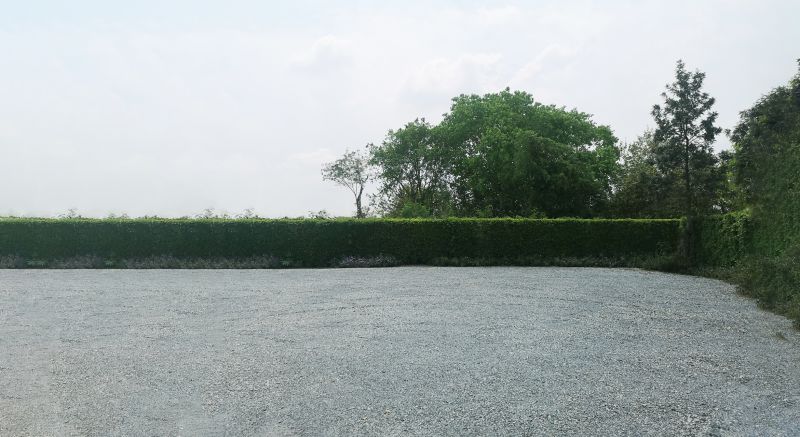
Ways to make Gravel Gradings work in tight or awkward layouts.
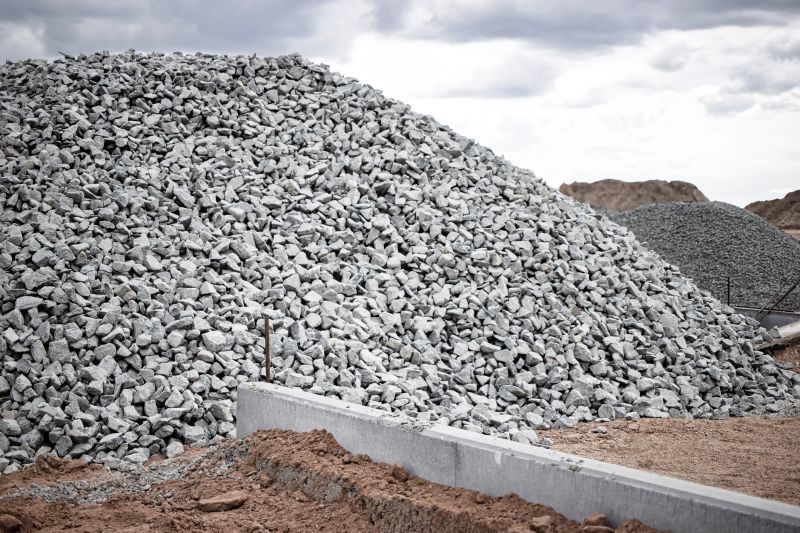
Popular materials for Gravel Gradings and why they hold up over time.
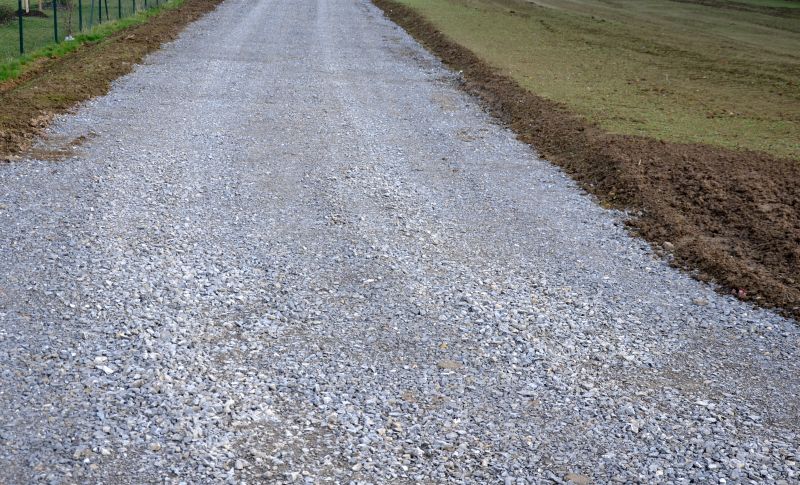
Simple add-ons that improve Gravel Gradings without blowing the budget.
Gravel gradings involve the process of redistributing and leveling gravel surfaces to improve stability and drainage. Proper grading enhances the longevity of gravel pathways, driveways, and roads by creating a smooth, well-compacted surface. The process typically includes removing debris, reshaping the surface, and compacting the gravel to achieve the desired profile.
Statistics indicate that correctly timed gravel gradings can extend surface lifespan by up to 30%, reduce maintenance costs, and improve safety by minimizing uneven surfaces and loose gravel. Regular grading, especially after adverse weather events, maintains optimal surface conditions and prevents erosion or rutting.
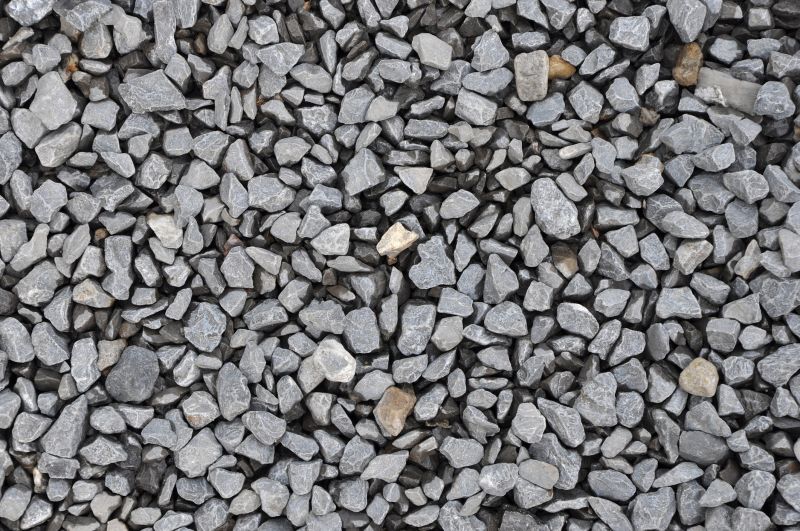
Initial assessment of gravel surface showing unevenness and debris.
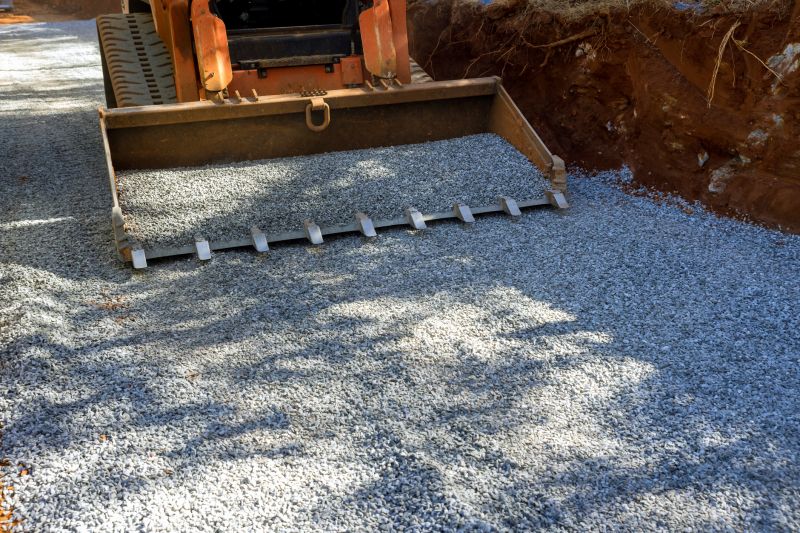
Equipment redistributes gravel for better surface profile.
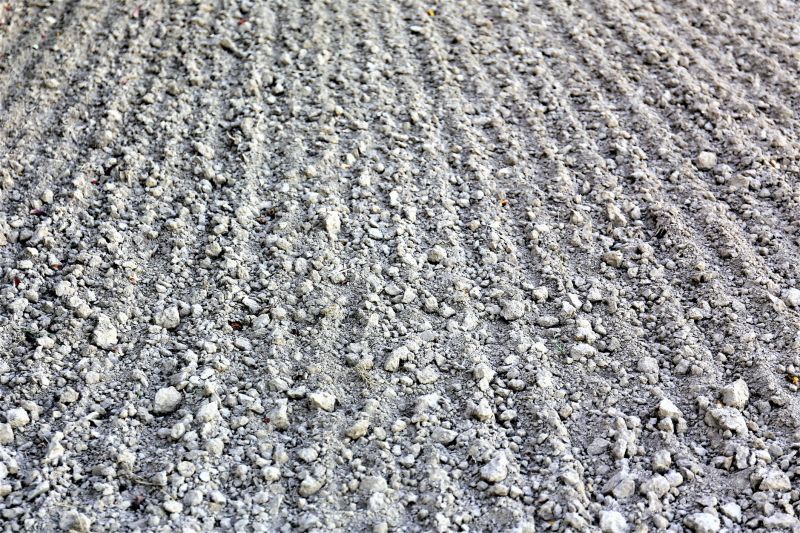
Smooth and well-compacted gravel surface after grading.

Tools used for effective gravel grading and compaction.

High-end options that actually feel worth it for Gravel Gradings.
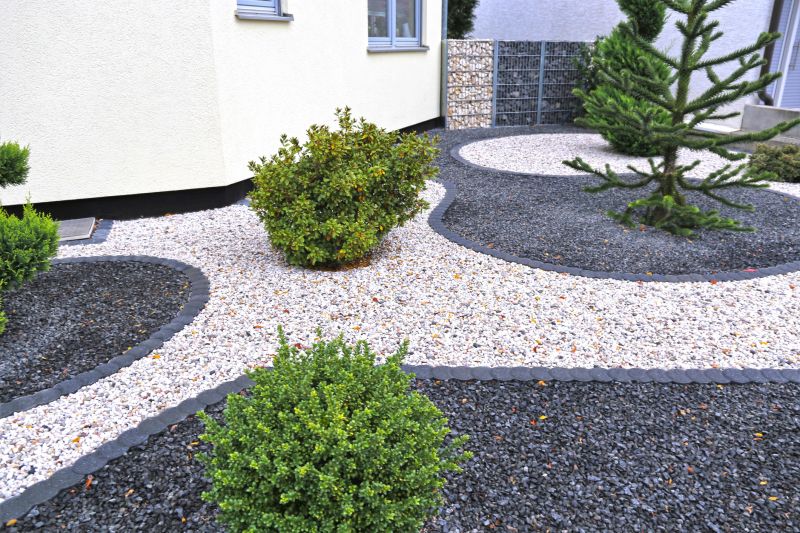
Finishes and colors that play nicely with Gravel Gradings.
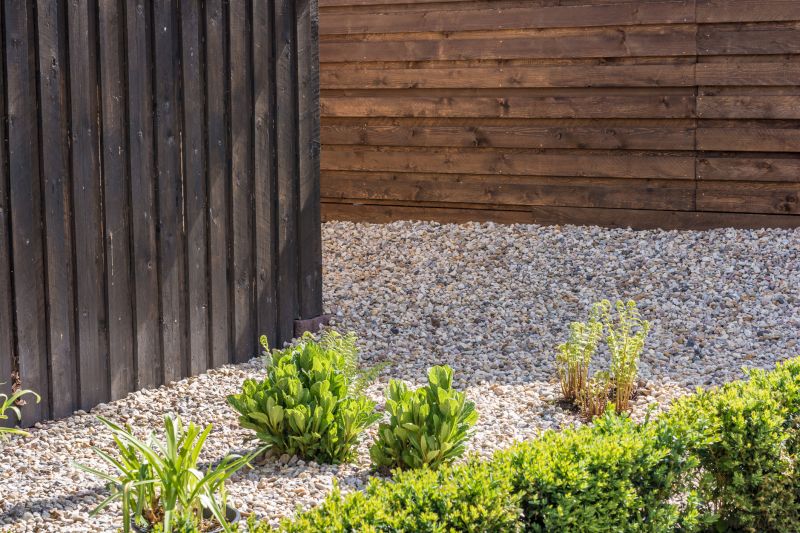
Little measurements that prevent headaches on Gravel Gradings day.

A 60-second routine that keeps Gravel Gradings looking new.

A frequent mistake in Gravel Gradings and how to dodge it.

Small tweaks to make Gravel Gradings safer and easier to use.
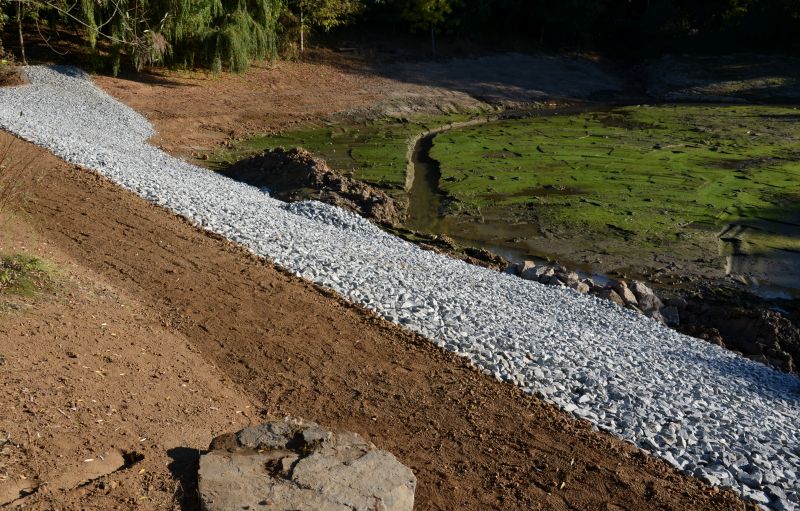
Lower-waste or water-saving choices for Gravel Gradings.
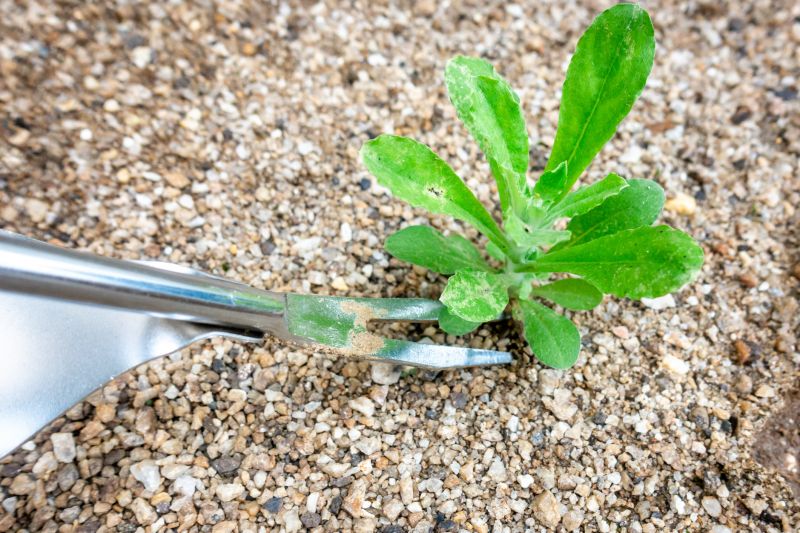
The short, realistic tool list for quality Gravel Gradings.
| Factor | Consideration |
|---|---|
| Weather Conditions | Dry, stable weather is ideal for grading. |
| Traffic Levels | Low traffic periods reduce surface disturbance. |
| Season | Spring and summer are preferred, avoid winter freezing. |
| Soil Moisture | Optimal moisture content aids compaction. |
| Project Deadlines | Schedule to allow surface stabilization before use. |
| Existing Surface Condition | Assess for debris and unevenness before grading. |
For those interested in gravel gradings, filling out the contact form can provide tailored advice and scheduling options. Proper timing and execution are essential for achieving durable, well-graded gravel surfaces that meet project needs and extend surface longevity.



